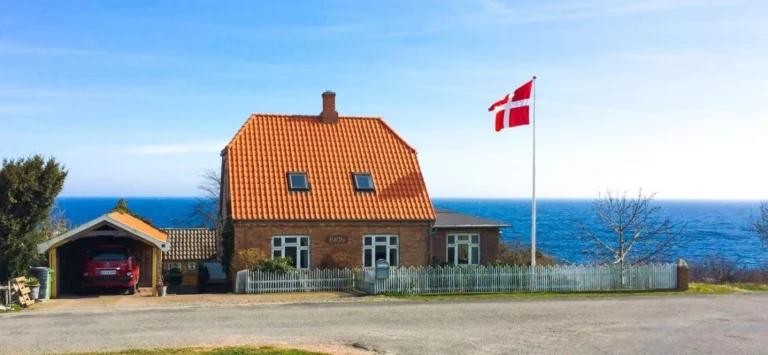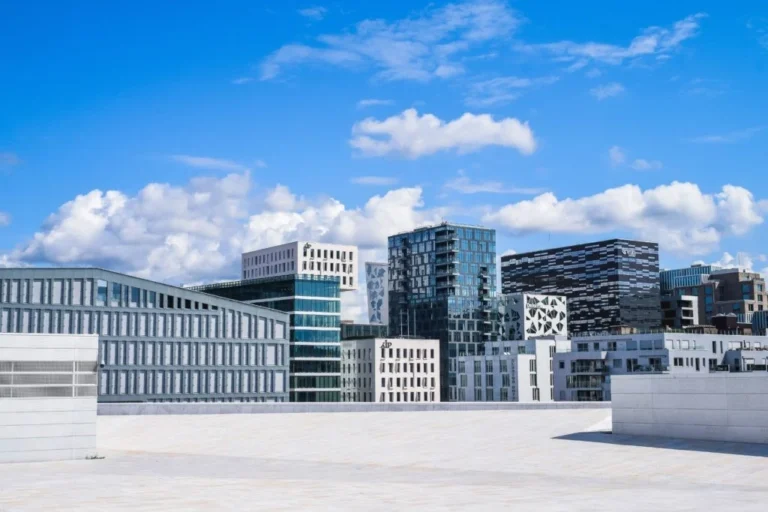Unlocking Canada, The Fascinating Dynamics of Immigration
Canada, known for its breathtaking landscapes, cultural diversity, and robust economy, has long been a beacon for immigrants seeking new opportunities and a better quality of life. Behind its welcoming facade lies a complex tapestry of immigration policies, historical influences, and societal integration. In this article, we delve into the intriguing dynamics of immigration in Canada, shedding light on its evolution, challenges, and successes.
A Tapestry of Diversity
- Canada boasts a rich mosaic of cultures, with immigrants hailing from every corner of the globe. From the bustling streets of Toronto to the serene landscapes of British Columbia, diversity is woven into the fabric of Canadian society.
- According to recent statistics, over 22% of Canada’s population consists of immigrants, contributing to the nation’s cultural vibrancy and economic growth.
A History of Immigration
- Canada’s history of immigration dates back centuries, with waves of settlers arriving from Europe, Asia, and beyond. From early Indigenous migrations to the influx of European colonizers, immigration has shaped the nation’s identity.
- The 20th century we witnessed significant immigration policy changes, including the introduction of the points-based system in the 1960s, which prioritized skills and education over nationality.
The Economic Engine
- Immigration plays a pivotal role in driving Canada’s economy, filling labor shortages, and fueling innovation. Skilled immigrants contribute to key sectors such as technology, healthcare, and engineering, bolstering productivity and competitiveness.
- Studies show that immigrants are more likely to start businesses than their Canadian-born counterparts, stimulating entrepreneurship and job creation.
Challenges and Solutions
- Despite its welcoming reputation, Canada faces challenges in integrating immigrants effectively. Language barriers, credential recognition, and cultural adjustment pose significant hurdles for newcomers.
- Initiatives such as language training programs, bridging courses, and community integration services aim to support immigrants in overcoming these obstacles and fostering a sense of belonging.
Refugee Resettlement
- Canada has a proud tradition of providing refuge to those fleeing persecution and violence. The government’s refugee resettlement programs offer protection and support to vulnerable populations, embodying the nation’s humanitarian values.
- Through partnerships with international organizations and local agencies, Canada continues to welcome refugees with open arms, offering them a chance to rebuild their lives in safety and dignity.
Building Bridges, Not Walls
- In an era marked by rising anti-immigrant sentiment and nationalist rhetoric, Canada stands out as a beacon of inclusivity and tolerance. Embracing diversity as a source of strength, Canadians celebrate multiculturalism and strive to build bridges across cultural divides.
- Through policies promoting diversity, equity, and inclusion, Canada reaffirms its commitment to welcoming immigrants from all walks of life and creating a society where everyone can thrive.
Conclusion
Canada’s journey as a nation of immigrants is as diverse and dynamic as the people who call it home. From its storied history to its forward-thinking policies, Canada continues to inspire the world with its commitment to openness, diversity, and opportunity. As we navigate the complexities of immigration in the 21st century, let us look to Canada as a shining example of what can be achieved when we embrace our shared humanity and welcome others with compassion and understanding.






